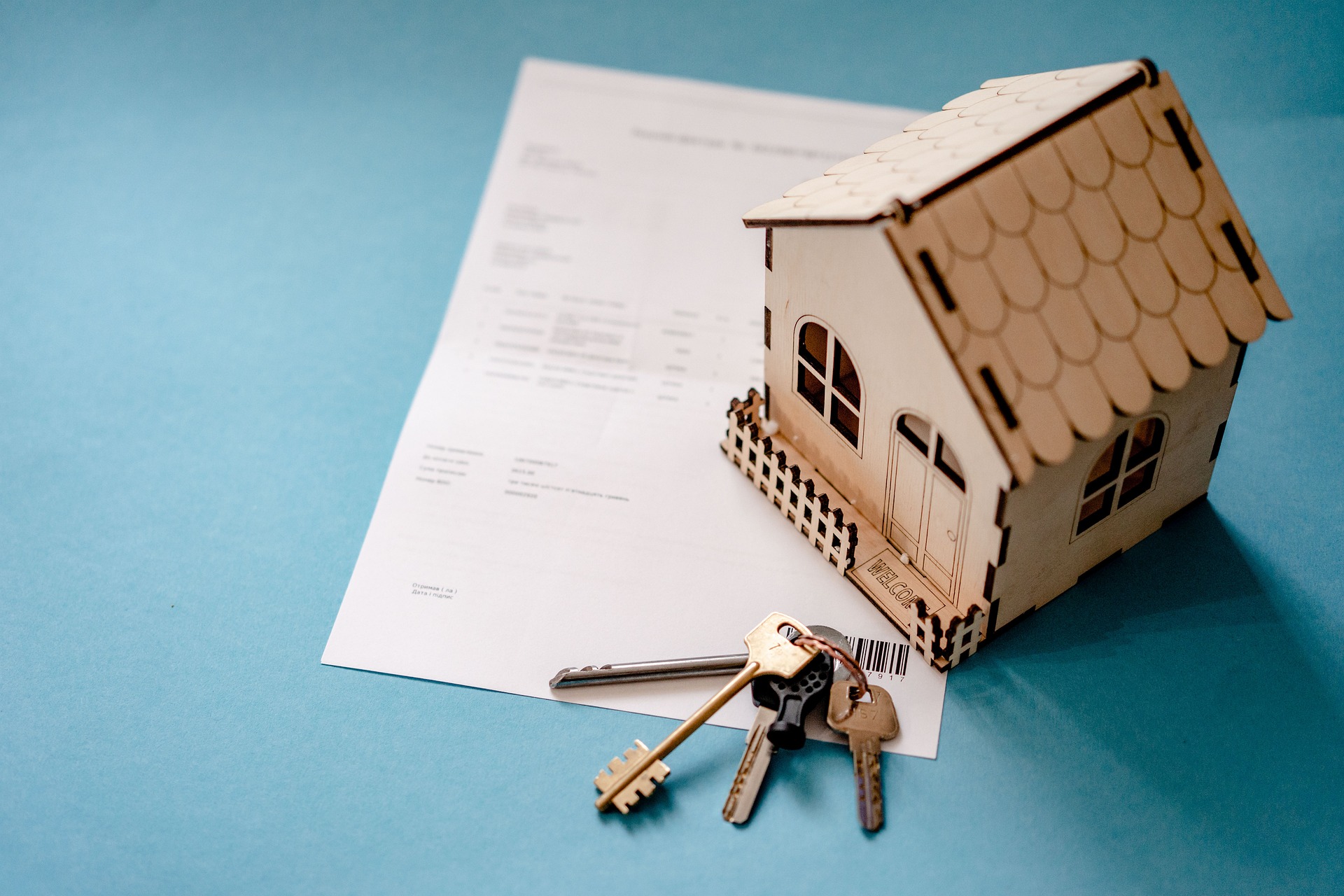House Prices and Rents Continue to Rise in Early 2025 Across the Europe:House prices and rents across the European Union continued to rise in early 2025, with EU-wide house prices up 5.7% and rents up 3.2% year-on-year in Q1. Over the long term (2010–2025), house prices surged by 57.9% and rents by 27.8%. Countries like Hungary, Estonia, and Lithuania witnessed triple-digit increases in both categories, while Italy and Greece saw declines. This blog breaks down all the data from Eurostat, comparing trends across 26 EU nations and highlighting key market insights.
House Prices and Rents Continue to Rise in Early 2025 Across the Europe
In the first quarter of 2025, the European Union continued to experience a steady increase in both house prices and rents. According to the latest data released by Eurostat, house prices across the EU rose by 5.7% compared to the same quarter of 2024. Rents also grew, increasing by 3.2% year-on-year. On a quarter-on-quarter basis, house prices rose by 1.4% between Q4 2024 and Q1 2025, while rents increased by 0.9%.
These figures highlight a continued upward trend in the EU’s housing market, reflecting strong demand and structural pressures on both housing and rental sectors.
From a long-term perspective, house prices in the EU increased by 57.9% between Q1 2010 and Q1 2025, while rents rose by 27.8%. The path of rents has been relatively steady over the years, showing gradual but consistent growth. In contrast, house prices have shown more variability.
After a largely stable period until 2015, prices began climbing rapidly, particularly between Q1 2015 and Q3 2022. This period witnessed a dramatic surge in values, followed by a short stabilization and minor dip, before resuming their growth in 2024 and continuing into 2025.
The Following chart, showing index levels (2010 = 100), reflects this pattern clearly. Both house prices and rents tracked closely from 2010 to 2014. However, from 2015 onward, house prices began to diverge sharply, rising faster than rents. By Q1 2025, house prices had approached an index level of nearly 158, while rents trailed at around 128.

Looking across individual EU countries, the changes between 2010 and Q1 2025 were even more dramatic in several cases. In fact, house prices increased more than rents in 21 out of the 26 EU member states for which data was available.
Some of the most striking figures include:
- House prices in Hungary rose by 260%, the highest among all countries.
- Estonia followed closely, with a 238% increase.
- Lithuania (+194%), Latvia (+154%), and Czechia (+147%) also saw very strong gains.
- Other countries that recorded house price increases of more than 100% include Portugal (+130%), Bulgaria (+125%), Austria (+113%), Luxembourg and Poland (both +102%), and Slovakia (+100%).
- Only Italy recorded a decline in house prices, which fell by 4% over the same period.
Meanwhile, rent prices also rose in 26 EU countries between 2010 and Q1 2025. The biggest increases were seen in:
- Estonia (+220%)
- Lithuania (+184%)
- Hungary (+124%)
- Ireland (+115%)
These figures indicate strong growth in the rental markets of several Eastern European and Baltic countries. However, not all countries followed the same trend. Greece was the only country where rent prices decreased, falling by 11%.
The second chart presents the comparative growth in house prices and rents for each country. The data also includes some non-EU countries:
- Iceland recorded very high growth in both rents and house prices, standing out on the higher end of the scale.
- Norway showed moderate increases in both metrics.
- Switzerland, for which house price data is only available from 2017, displayed relatively modest growth compared to other countries.

The EU average for house price growth from 2010 to 2025 stands at 57.9%, while the euro area average is slightly lower. For rents, the average EU-wide increase over the same period was 27.8%.
These findings underline the significant divergence between housing costs and rental prices in many parts of Europe. House prices in numerous countries are increasing at a much faster pace than rents, indicating a growing affordability gap for homebuyers. In some regions, this might be driven by investor interest, limited housing supply, urban migration, or strong economic growth.
As Europe continues to evolve in its urban development and housing policy, these numbers may prompt deeper discussions on housing affordability, regulation, and long-term sustainability
Disclaimer: This article is based on official statistics published by Eurostat in Q1 2025. Figures and trends are subject to updates or revisions in subsequent reports.

